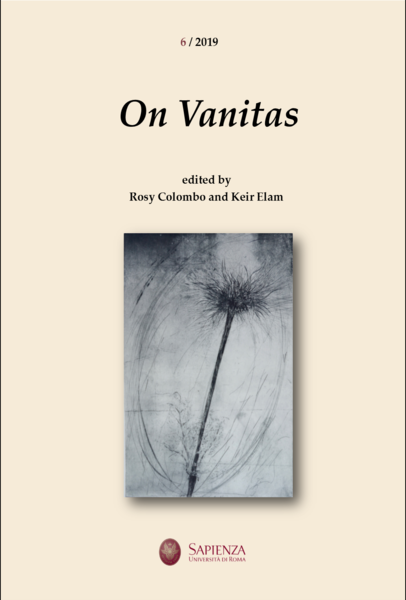Vanitas Iconography as a Dramatic Device in Hamlet and Macbeth
DOI:
https://doi.org/10.13133/2283-8759/16400Abstract
By tracing an iconographical itinerary throughout some of the typical symbols that animate the memento mori artistic topos, this essay seeks to demonstrate how Shakespeare’s use of verbal images of death in Hamlet and Macbeth is not only indebted to a centuries-long literary as well as pictorial tradition, but also functions as a primary dramatic device in the framework of both plays. From Laertes’ parting words to Ophelia, to Macduff’s portrayal of Banquo in the guise of a walking spirit, Shakespeare weaves a web of cross-references running through each of the two tragedies, foreshadowing the characters’ fate. Investigating the plot in retrospect, small hints at the protagonists’ demise resurface. Thus, Shakespearean dramatis personæ can be said to perish of a slow and gradual death, one that is gradually prepared until it is made actual.
Keywords: Vanitas, Death iconography, Dramatic technique, Preparation


